
Updated with 2024 promo details, free Greenlight kids debit card perk. Pennsylvania State Employees Credit Union (PSECU) has a $300 new checking account bonus that is broken up into two stages ($200+$100). That is also my referral link as I successfully did a similar $300 deal from last year. PSECU is a digital-first credit union with a very open membership. If you don’t satisfy the available free options, anyone can join with $10:
Don’t meet any of the criteria above? No problem! You can still become eligible for PSECU membership by joining the Pennsylvania Recreation and Park Society (PRPS).
PRPS is a statewide association providing education, advocacy, and resources for those working and volunteering to manage Pennsylvania’s 6,000+ local parks. Park and recreation departments provide safe and affordable recreation opportunities, creating stronger and more inclusive communities.
PRPS membership dues are $20, but we cover $10 when you select to join PRPS during our application process.
There may also be a required $5 initial deposit into a share savings account. I also experienced a hard credit check on Experian, which is (unfortunately) common amongst credit unions. Here are the details on the bonus requirements:
$200 Checking Bonus (Stage 1)
- Become a PSECU member using promo link and promo code RIGHTNOTEREFER (should be automatically applied) and add a free checking account with debit card.
- Sign up and log into digital banking (online or mobile).
- Establish Qualifying Payroll Direct Deposit(s) that total at least $500 per calendar month.
- Must be completed in the first 60 days of establishing your membership.
$100 Checking Bonus (Stage 2)
- Continue recurring Qualifying Payroll Direct Deposits totaling at least $500 per calendar month for 3 consecutive months after Stage 1 requirements are met, with a total additional amount deposited of at least $1,500 during Stage 2.
- Complete a minimum of 10 Eligible Debit Card Purchases. Eligible Debit Card Purchases are defined as individual purchases of at least $10 for a minimum overall purchase total of at least $100.
- Must be completed within 120 days of establishing your membership.
My application process went smoothly and similar to other credit unions. I did have to upload a scan of the front and back of my driver’s license to help verify my identity (which is a good thing in my opinion) as well as answer some identity verification questions based on my credit report. The application took a couple days to process but I was able to get my account information and online access without any phone call or paperwork required. I did have to call them briefly to get my checking account number (didn’t want to wait on the free checks to arrive) in order to set up my direct deposit.
Added 2024: Another useful perk of PSECU for those with kids and teens is they include a free Greenlight subscription, which is a popular reloadable debit card service for kids. This is usually $5 a month ($60 a year).

Full terms and conditions:
*Hit the Right Note – Up to $300 Bonus Terms and Conditions
From 1.1.24 to 12.31.24, PSECU is running a new member incentive bonus. To receive up to $300, new members must sign up with promotional code RIGHTNOTEREFER and satisfy each of the requirements listed below. PSECU will deposit member incentive bonus into the Regular share within 45 days after the requirements are satisfied. Promotion open to U.S. Residents who are 18 years of age or older at the time the account is opened. Limit one (1) new member Hit the Right Note bonus per tax identification number used to open a new PSECU account. Joint owners listed on accounts are not eligible to be rewarded for this bonus unless they open their own account. You will not be eligible for the Hit the Right Note bonus if you are a current PSECU member, have closed an account within the past 12 months, or have received any new member incentive bonus within the past 12 months. Members who open accounts and/or loans by fraudulent, suspicious, or illegal means, including but not limited to providing PSECU with fraudulent or fabricated information, are not eligible to participate in this bonus offer. PSECU may adjust the deposited bonus or remove the deposited bonus at any time if PSECU suspects accounts and/or loans were opened by fraudulent, suspicious, or illegal means, including but not limited to providing PSECU with fraudulent or fabricated information. $5 is required to open and maintain a Regular share account. This $5 share deposit is also required to be eligible to receive the bonus, and the member must be in good standing as defined by PSECU’s Bylaws Article II, Section 1. A $5 minimum share purchase will be made on behalf of the new member by PSECU. If the member account is closed within the first year of membership, the initial $5 share will be retained by PSECU. The Annual Percentage Yield on PSECU’s Regular share account is 0.50%. This variable rate is current as of 12.1.23 and may change. Withdrawals and fees may reduce earnings on the account. The recipient of the bonus (up to $300) is solely responsible for payment of applicable taxes on that amount. If you have any questions, please seek the advice of a qualified tax professional. All decisions of PSECU regarding this promotion are final. PSECU may terminate or change the terms and conditions of this promotion without notice. Subject to all applicable federal, state, and local laws and regulations.

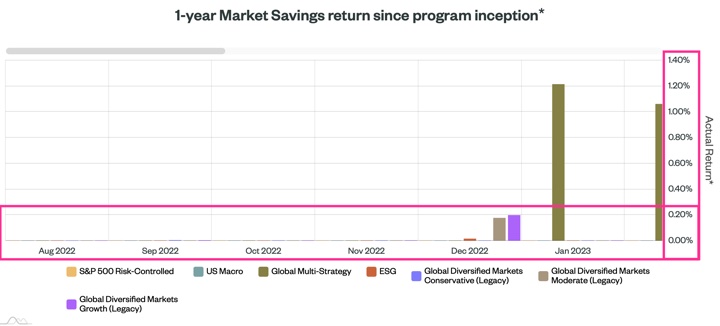

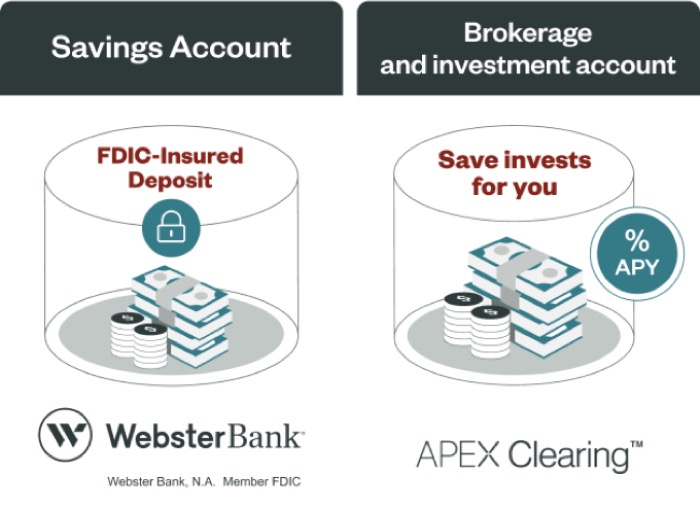
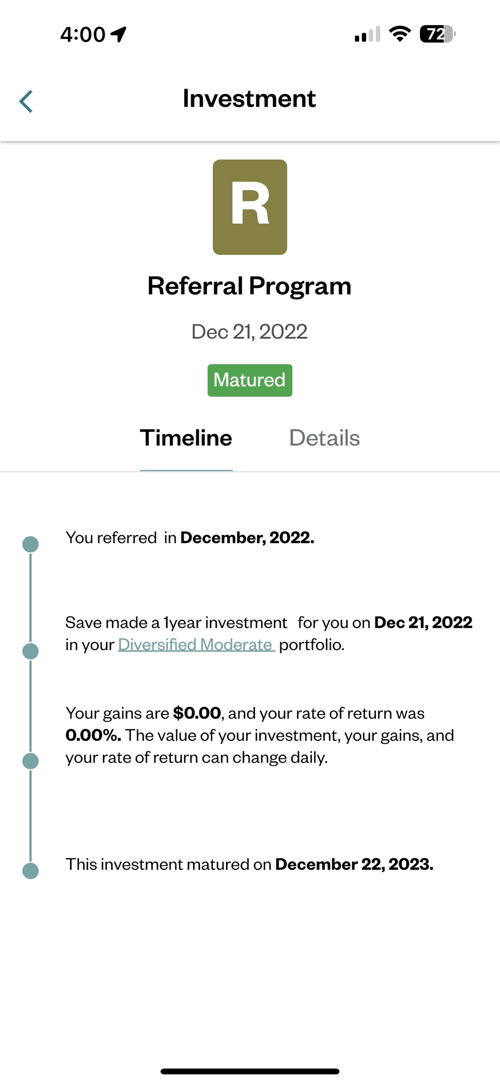
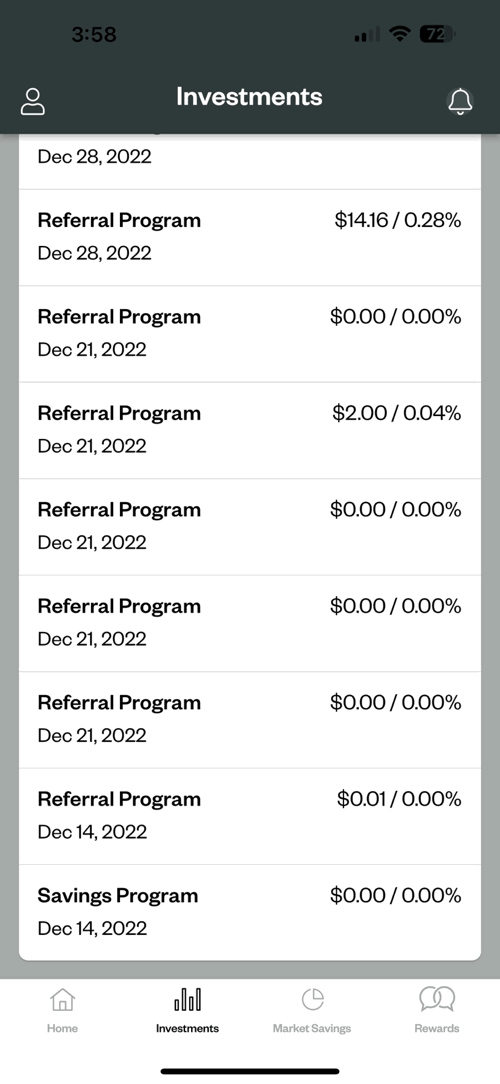
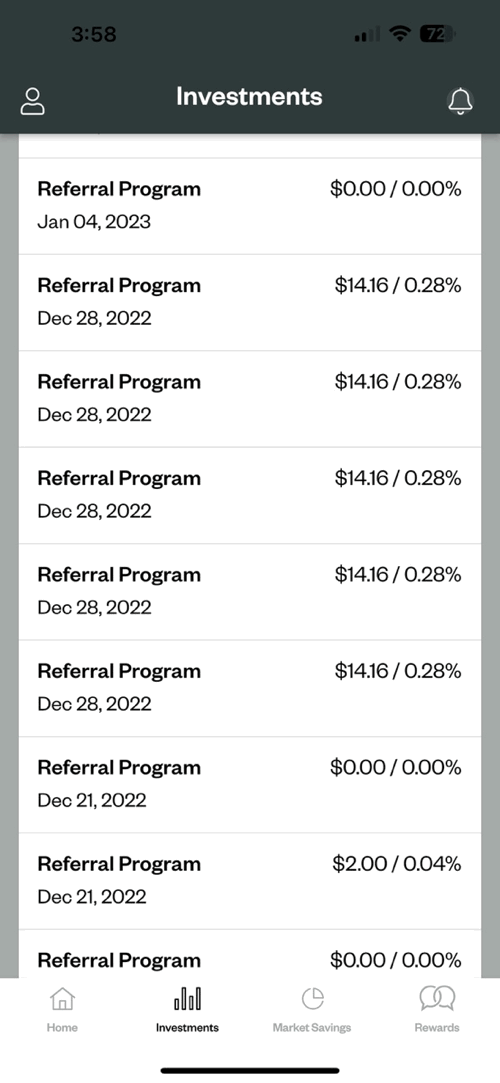
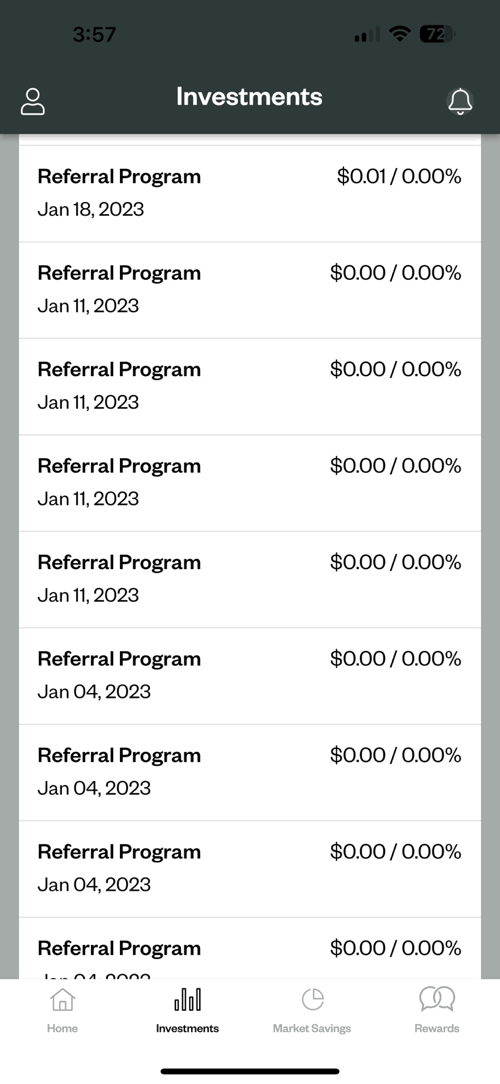
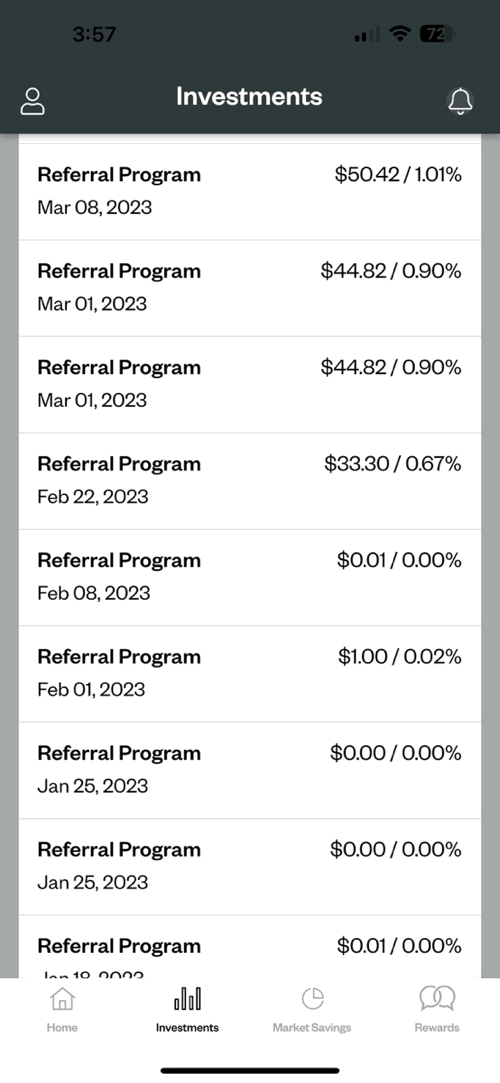





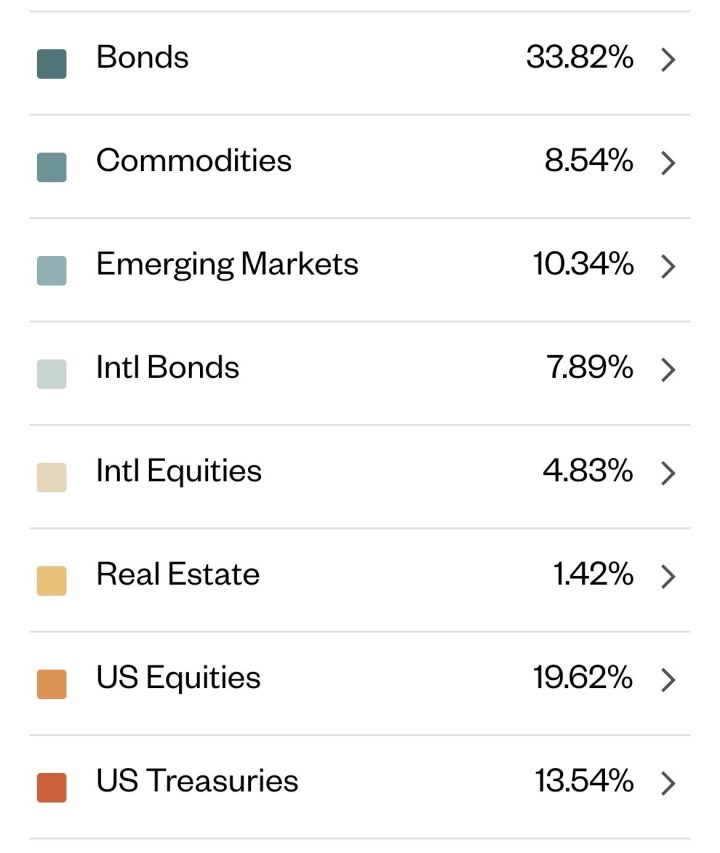
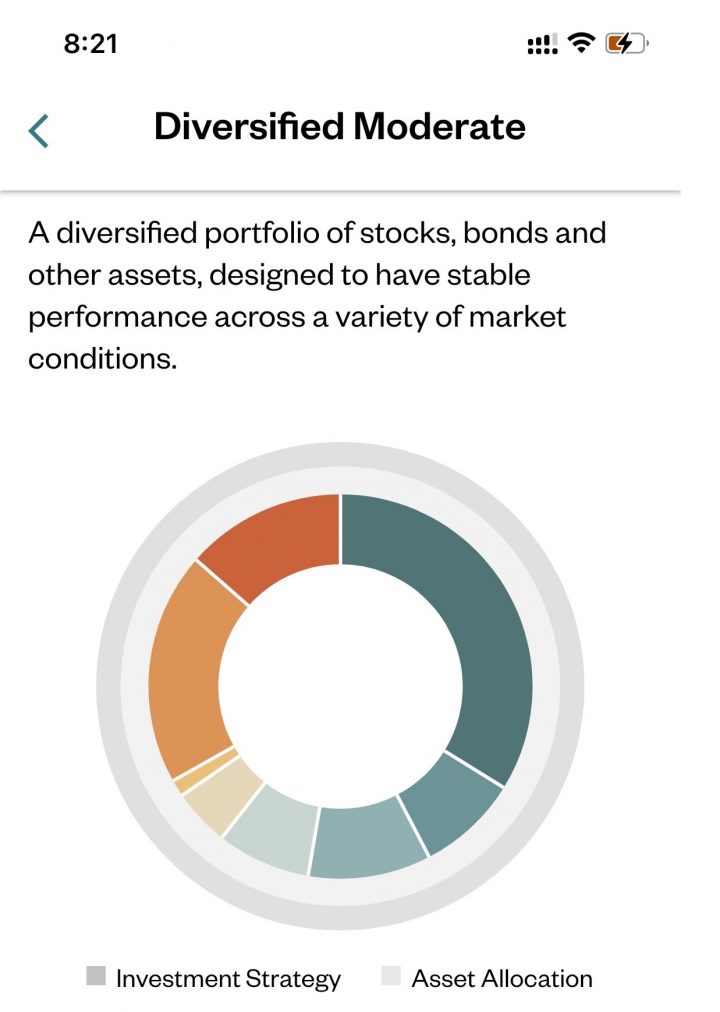

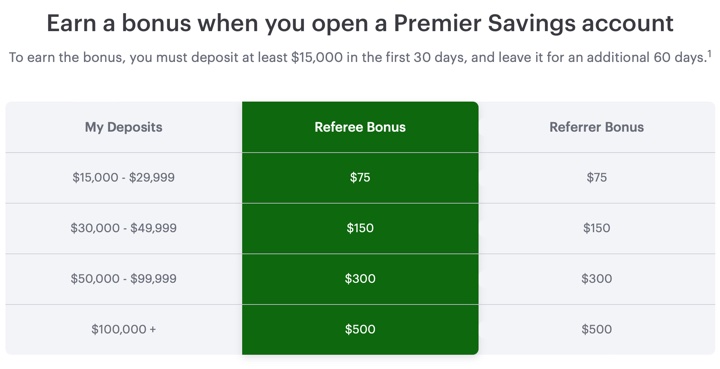
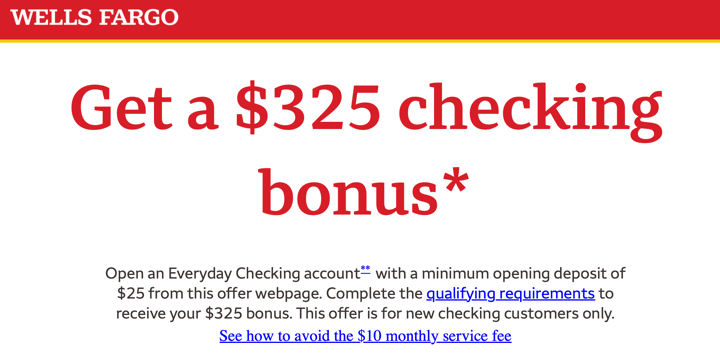
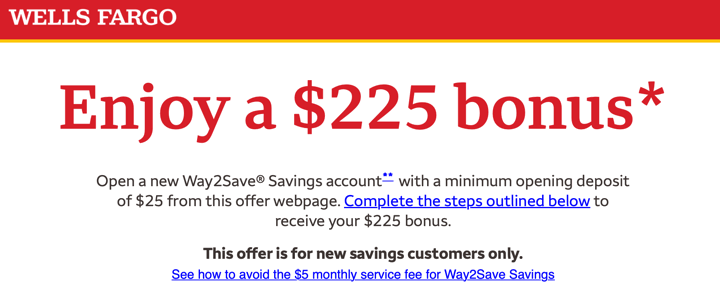
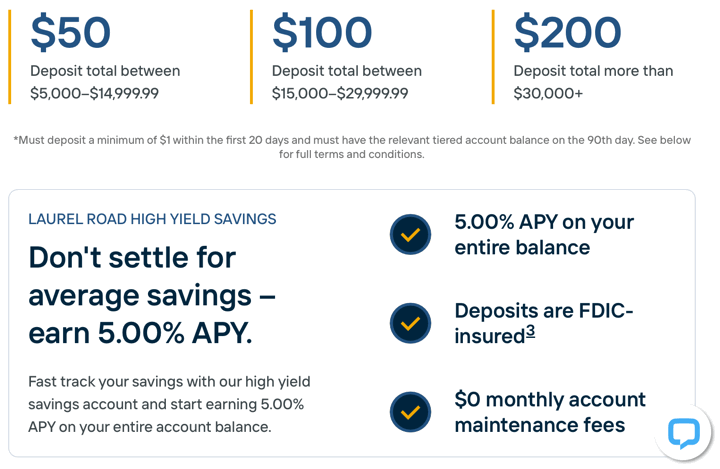
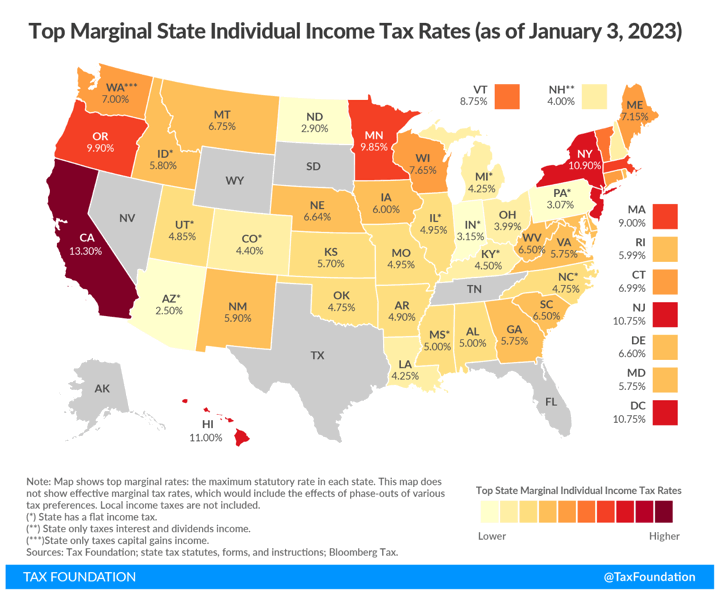
 Updated for 2024. Since these are available every 12 months, it is a good idea to check these near or around the same time each year. A lot of companies make their money by collecting and selling data – your personal data. It can be critical to know what they are telling prospective lenders, landlords, even employers about you. Under the FCRA and/or FACT Act, many consumer reporting agencies (CRAs) are now legally required to send you a free copy of your report every 12 months, as well as provide a way to dispute incorrect information.
Updated for 2024. Since these are available every 12 months, it is a good idea to check these near or around the same time each year. A lot of companies make their money by collecting and selling data – your personal data. It can be critical to know what they are telling prospective lenders, landlords, even employers about you. Under the FCRA and/or FACT Act, many consumer reporting agencies (CRAs) are now legally required to send you a free copy of your report every 12 months, as well as provide a way to dispute incorrect information. 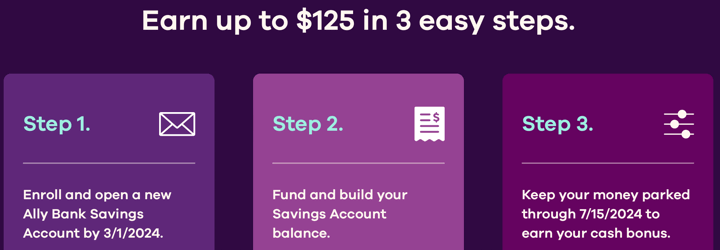
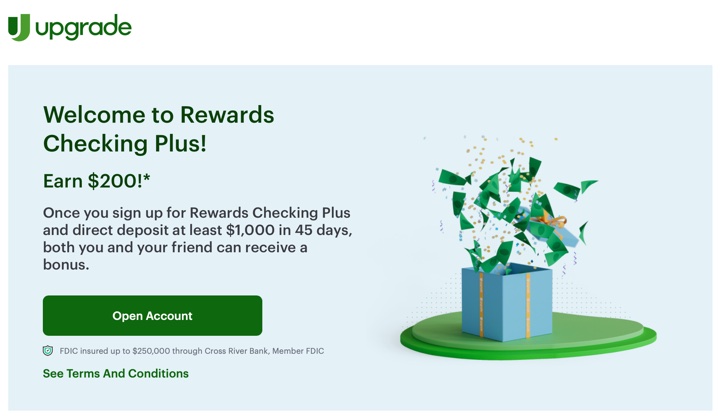
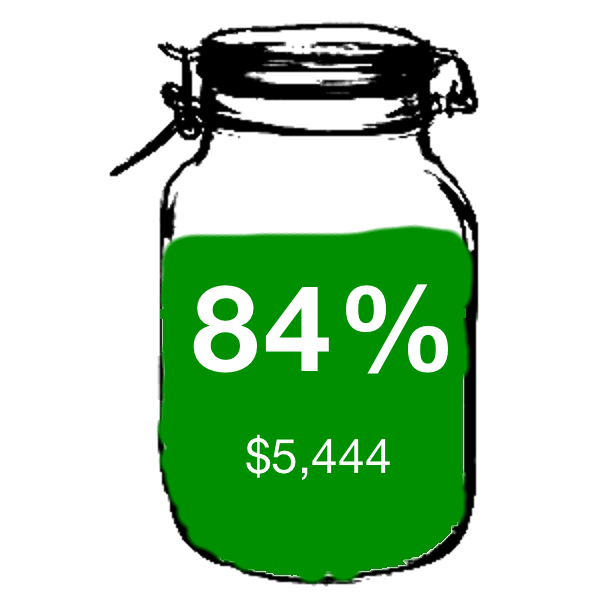
 The Best Credit Card Bonus Offers – March 2024
The Best Credit Card Bonus Offers – March 2024 Big List of Free Stocks from Brokerage Apps
Big List of Free Stocks from Brokerage Apps Best Interest Rates on Cash - March 2024
Best Interest Rates on Cash - March 2024 Free Credit Scores x 3 + Free Credit Monitoring
Free Credit Scores x 3 + Free Credit Monitoring Best No Fee 0% APR Balance Transfer Offers
Best No Fee 0% APR Balance Transfer Offers Little-Known Cellular Data Plans That Can Save Big Money
Little-Known Cellular Data Plans That Can Save Big Money How To Haggle Your Cable or Direct TV Bill
How To Haggle Your Cable or Direct TV Bill Big List of Free Consumer Data Reports (Credit, Rent, Work)
Big List of Free Consumer Data Reports (Credit, Rent, Work)